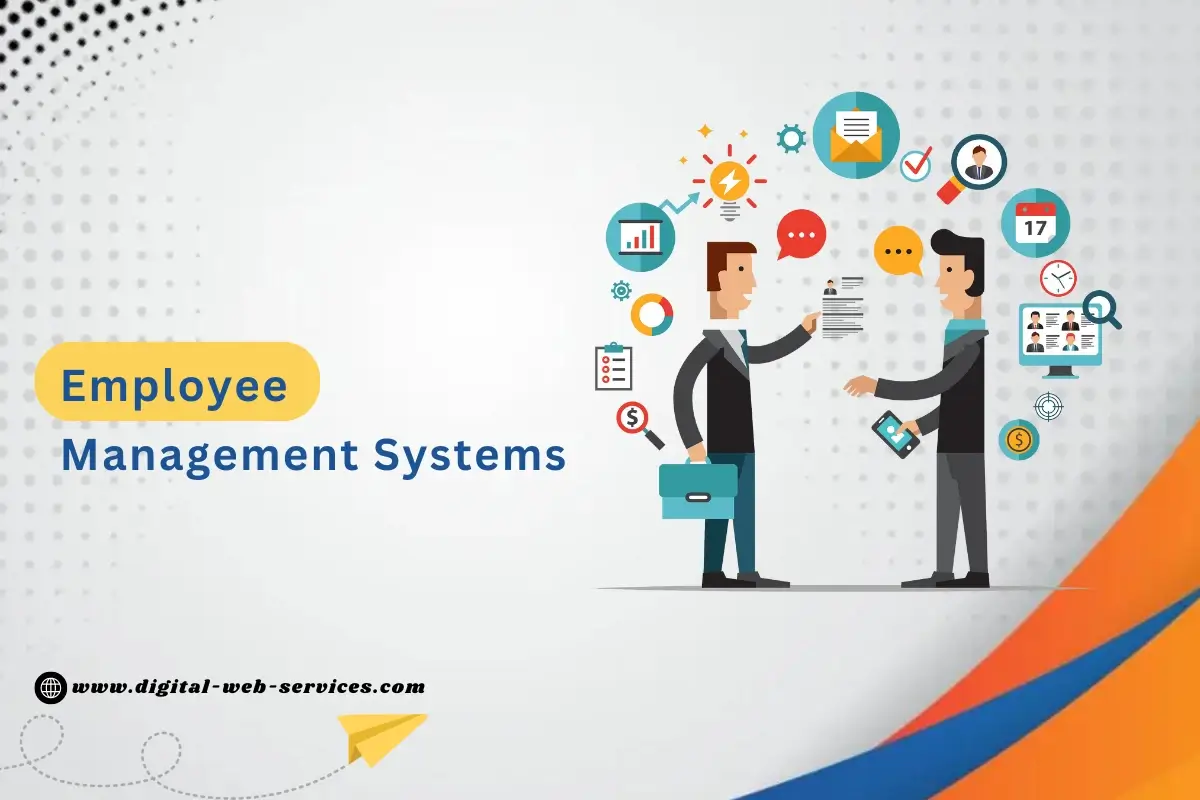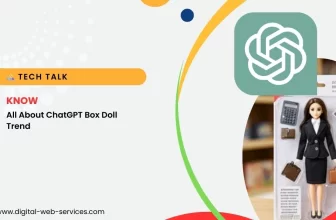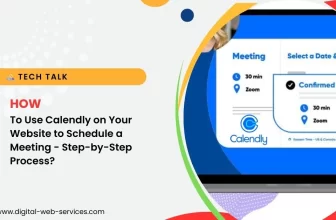
In the corporate world, managing employees effectively is critical to the success of any organization. An Employee Management System (EMS) is a software solution that helps businesses streamline and automate various aspects of employee management, from hiring to performance evaluation. This guide explores the key features, benefits, and frequently asked questions about employee management systems.
What is an Employee Management System?
An Employee Management System is a comprehensive tool or software for various HR tasks such as recruitment, attendance tracking, payroll processing, performance management, and employee data management. By automating these tasks, an EMS enhances productivity and ensures smooth HR operations.
Key Features of an Employee Management System
- Recruitment and Onboarding
- Streamlines the hiring process
- Automates job postings, resume screenings, and interview scheduling
- Facilitates new employee onboarding and training
- Attendance and Leave Management
- Tracks employee attendance and working hours
- Manages leave requests and approvals
- Integrates with payroll for accurate salary calculations
- Payroll Management
- Automates payroll processing and tax calculations
- Generates payslips and tax documents
- Ensures compliance with labor laws and regulations
- Performance Management
- Sets and tracks employee goals and KPIs
- Conducts performance reviews and appraisals
- Provides feedback and development plans
- Employee Self-Service Portal
- Allows employees to access their personal information
- Facilitates leave applications, timesheet submissions, and expense claims
- Enhances transparency and employee engagement
- Analytics and Reporting
- Generates detailed HR reports and analytics
- Helps in data-driven decision making
- Monitors key HR metrics and trends
Benefits of Using an Employee Management System
- Improved Efficiency
- Reduces manual data entry and administrative tasks
- Automates repetitive processes, saving time and resources
- Enhanced Accuracy
- Minimizes errors in payroll, attendance, and performance evaluations
- Ensures data consistency and integrity
- Better Compliance
- Keeps up-to-date with labor laws and regulations
- Reduces the risk of non-compliance penalties
- Increased Employee Satisfaction
- Provides employees with easy access to information and self-service options
- Improves communication and transparency
- Data-Driven Decisions
- Offers insights through analytics and reports
- Supports strategic HR planning and management
FAQs about Employee Management Systems
Q1: What is an Employee Management System?
Ans: An Employee Management System (EMS) is a software solution that automates and streamlines various HR tasks such as recruitment, attendance tracking, payroll processing, and performance management, improving overall efficiency and accuracy in managing employees.
Q2: How does an Employee Management System improve efficiency?
Ans: An EMS automates repetitive administrative tasks, reduces manual data entry, and integrates various HR functions into a single platform, saving time and resources for HR personnel.
Q3: Can an Employee Management System help with compliance?
Ans: Yes, an EMS ensures that your organization stays up-to-date with the latest labor laws and regulations, reducing the risk of non-compliance penalties by automating compliance-related processes.
Q4: How does an Employee Management System enhance employee satisfaction?
Ans: An EMS offers a self-service portal where employees can access their personal information, submit leave requests, and view payslips, leading to increased transparency, better communication, and higher employee engagement.
Q5: What are the key features to look for in an Employee Management System?
Ans: Key features include recruitment and onboarding automation, attendance and leave management, payroll processing, performance management, an employee self-service portal, and analytics and reporting capabilities.
Q6: Is an Employee Management System suitable for small businesses?
Ans: Absolutely. An EMS can be scaled to fit the needs of small businesses, helping them manage their HR processes more efficiently and allowing them to focus on growth and development.
Q7: How does an Employee Management System support performance management?
Ans:An EMS helps set and track employee goals, conducts performance reviews, provides feedback, and develops performance improvement plans, ensuring that employees are aligned with organizational objectives.
Q8: What type of reports can an Employee Management System generate?
Ans: An EMS can generate a wide range of HR reports, including attendance records, payroll summaries, performance evaluations, and compliance reports, helping HR managers make data-driven decisions.
Q9: How secure is an Employee Management System?
Ans: Most EMS platforms come with robust security features such as data encryption, user access controls, and regular security audits to protect sensitive employee information.
Q10: How can an Employee Management System integrate with other business tools?
Ans: An EMS can often be integrated with other business tools like accounting software, customer relationship management (CRM) systems, and project management tools, providing a seamless flow of information across different departments.
Conclusion
Implementing an Employee Management System can revolutionize how your organization handles HR tasks, improving efficiency, accuracy, and employee satisfaction. By automating and streamlining various HR functions, an EMS allows your HR team to focus on strategic initiatives and foster a more productive and engaged workforce.
Digital Web Services (DWS) is a leading IT company specializing in Software Development, Web Application Development, Website Designing, and Digital Marketing. Here are providing all kinds of services and solutions for the digital transformation of any business and website.










